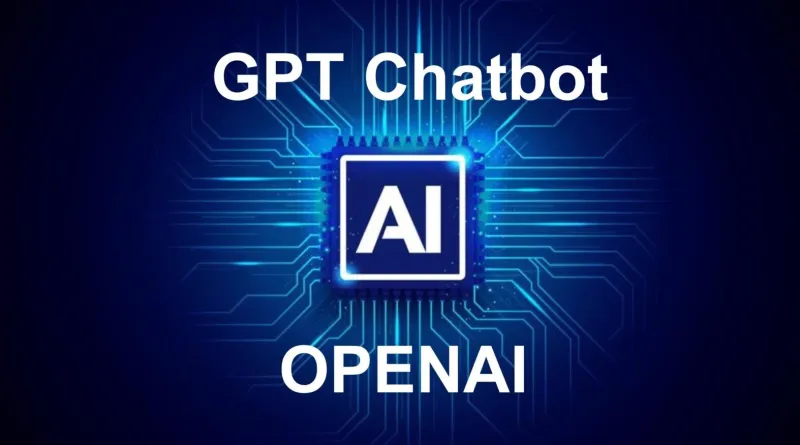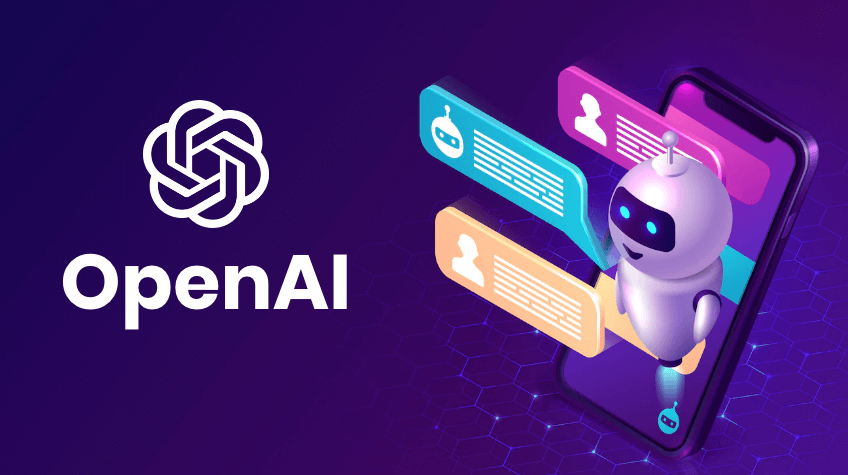ChatGPT is an innovative language model that utilizes deep learning techniques to generate natural language text. Its unique strength lies in its ability to recognize and utilize multi-word expressions (MWEs) in its responses to users.

MWEs are combinations of words that have a specific meaning when used together that differs from their individual definitions. Examples of MWEs include “kick the bucket” (meaning to die), “break a leg” (meaning good luck), and “on cloud nine” (meaning very happy). MWEs are often idiomatic, meaning they don’t follow the usual rules of grammar and syntax.
MWEs are important in natural language because they add nuance and complexity to communication. They allow people to express subtle meanings and emotions that would be difficult to convey using only literal language. For instance, “I’m over the moon” is more expressive than “I’m very happy.”

ChatGPT is trained on a large corpus of text, which includes many examples of MWEs. This training enables ChatGPT to recognize and use MWEs in its responses to users. When a user inputs a message containing an MWE, ChatGPT can understand the meaning of the expression and respond appropriately.
For example, if a user says “I’m feeling blue today,” ChatGPT might respond with “I’m sorry to hear that. Would you like to talk about why you’re feeling down?” In this response, ChatGPT recognizes that “feeling blue” means feeling sad or depressed, and responds empathetically.
Moreover, ChatGPT also uses MWEs in its responses, making its responses more natural and expressive, and its conversations with users more engaging.
In conclusion, MWEs are a vital component of natural language, and ChatGPT’s ability to handle them makes it an excellent tool for conversational AI applications. By recognizing and utilizing MWEs in its responses, ChatGPT can generate more natural and expressive language, making it an invaluable resource for various fields.